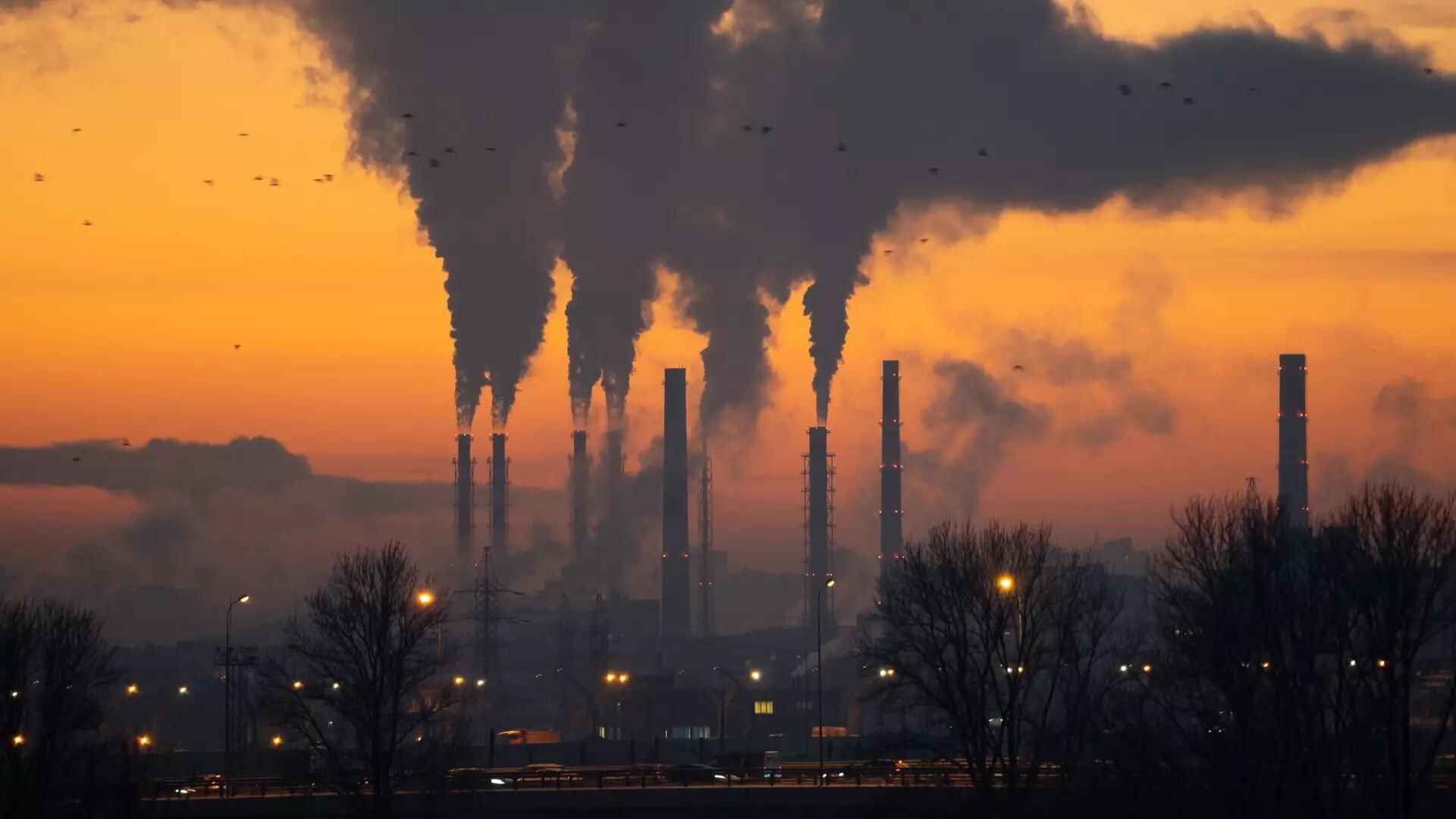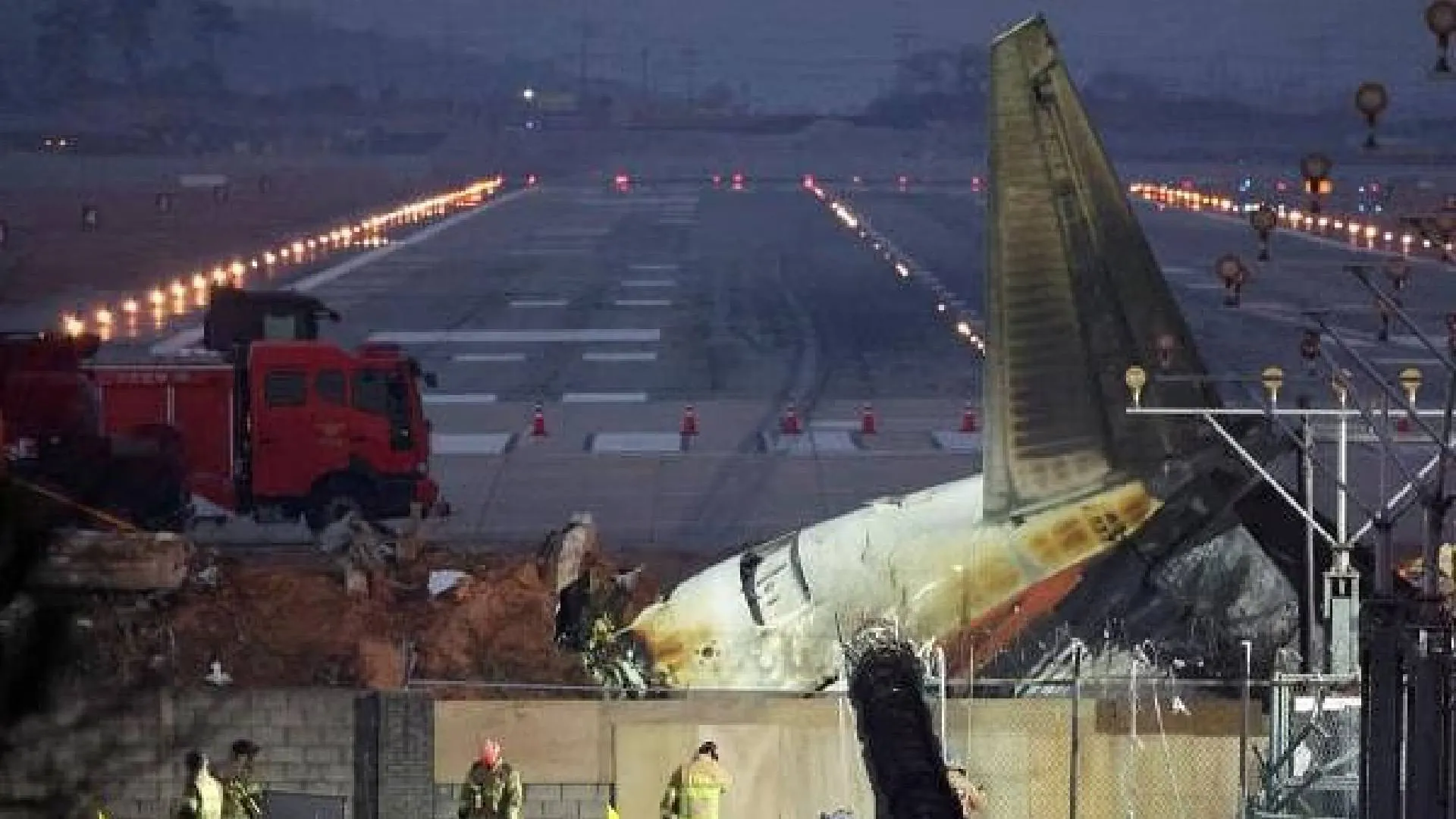Air pollution was responsible for 8.1 million deaths worldwide in 2021, making it the second leading risk factor for death, according to a report prepared in collaboration with UNICEF. The fifth edition of the State of Global Air (SoGA) report found that air pollution surpasses tobacco and poor diet as a global risk factor for death.
The report, released on Wednesday, was prepared by the Health Effects Institute (HEI), an independent US-based non-profit research organization, and marks the first time it has been produced in partnership with UNICEF. “Air pollution is having an increasing impact on human health, becoming the second leading global risk factor for death. The report found air pollution accounted for 8.1 million deaths globally in 2021,” the report stated.
In addition to these deaths, many millions more are living with chronic diseases exacerbated by air pollution, placing enormous pressure on healthcare systems, economies, and societies. The report highlights that children under five are particularly vulnerable, suffering from health issues such as premature birth, low birth weight, asthma, and lung diseases.
Dr. Pallavi Pant, HEI’s Head of Global Health, who oversaw the SoGA report release, said, “This new report offers a stark reminder of the significant impacts air pollution has on human health, with far too much of the burden borne by young children, older populations, and low- and middle-income countries. This points sharply at an opportunity for cities and countries to consider air quality and air pollution as high-risk factors when developing health policies and other noncommunicable disease prevention and control programs.”
The SoGA Report provides a detailed analysis of recent data from the 2021 Global Burden of Disease study, showing the severe health impacts of pollutants such as outdoor fine particulate matter (PM2.5), household air pollution, ozone (O3), and nitrogen dioxide (NO2) on global health. The report includes data from over 200 countries and territories, revealing that almost everyone on Earth is exposed to unhealthy air pollution levels daily, with significant health repercussions.
The report notes that South Asia experiences some of the highest PM2.5 exposures globally, though levels are beginning to stabilize in most countries. However, ozone levels have increased in the past decade, with 56 percent of global ozone-related deaths occurring in South Asia in 2021. For children under five, air pollution was linked to over 260,600 deaths in 2021, making it the second-leading risk factor for death in South Asia for this age group, after malnutrition.























